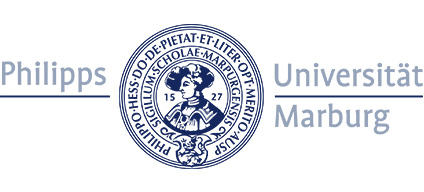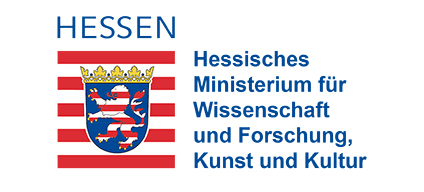Main Content
Biogeochemistry Lab
We aim at understanding microbial nutrient and carbon cycling in Earth’s present and past humid realm. Our studies encompass a wide range of environments: contaminated soil, hydrothermal seep systems, coral reefs, lakes, microbial mats, animal-associated microbes and more. The research questions and approaches are highly diverse, and we bring together an interdisciplinary perspective (chemical, geological, and biological), creating a picture of how interactions between microbes and their environment shape major biogeochemical outcomes, involving research ranging from molecular to microenvironmental to ecosystem scales.
The microenvironment of microbes is highly dynamic and changes in nutrient availability occur on very small spatial scales. Our methodological strengths lie in the online observation of processes in intact microbial communities with non-invasive methods - at temporal and spatial scales that allow for a glimpse into the microbial perspective of the environment. We particularly focus on the development and use of microsensors for laboratory and in-situ measurements. We also aim for 2D characterization of processes using, for instance, DETs and planar optodes. We use these tools both in the field and in the laboratory, which is crucial in environmental microbiology studies . Combination of the biogeochemical toolbox with molecular (-omics) approaches and modelling adds another vital dimension to our work.




